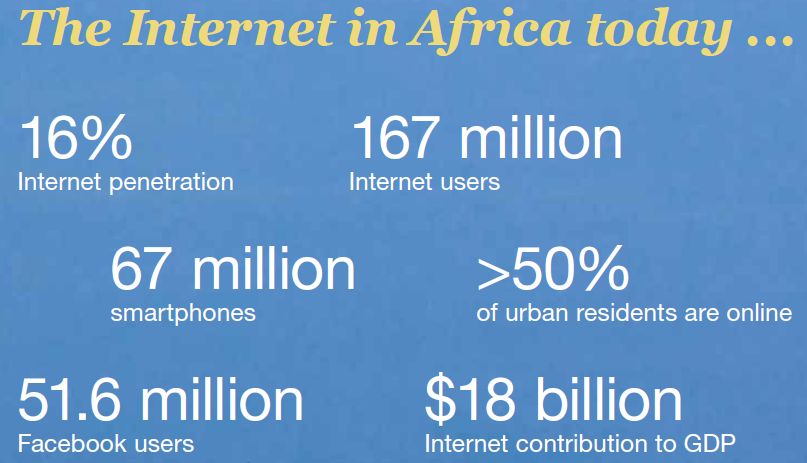Challenges of #BigData
Behind the name of #BigData is hidden an astronomical amount of data produced anywhere, everywhere at any moment by men and machines to each action they perform together and separately.
This production is exploding because 90% of the available data was created only in the last two years. Big Data today is being analyzed to discover the insights that lead to better decisions and strategic business moves.
Big data apps are being used to improve offers, service levels and customer support and many more. The following numbers will certainly show you the economic potential of well-established data: Only 17% of companies haven’t plan at all to launch a Big Data project but over 70% of companies have already made use of Big Data, either by integrating their business or as part of a pilot project process. The Data technologies are maturing to a point in which more and more organizations are prepared to pilot and adopt big data as a core component of the information management and analytics infrastructure. It’s an area of research that is booming but still faces many challenges in leveraging the value that data have to offer.
Here are so called “big challenges” of Big Data.
Find a language for Big Data:
All sciences, chemistry and mathematics have experienced a tremendous boost by adopting a specific language. Don’t you think we must follow the same path in the area of Big Data and invent an algebraic notation and an adapted programming language to better share and facilitate its analysis?
Work on reliable data:
With the explosion in the volume of available data, the challenge is how to separate the “signal” of “data” and “valuable information”. Unfortunately at this point, a lot of companies have difficulty to identify the right data and determine how to best use it. The fight against “spam data” and data quality is a crucial problem. Companies must think outside of the box and look for revenue models that are very different from the traditional business.
Data access:
Data access and connectivity can be an obstacle. McKinsey survey shows that still a lot of data points aren‘t yet connected today, and companies often do not have the right platforms to manage the data across the enterprise.
If buy canadian viagra the period is heavy enough to require changing tampons more often than every one or two these problems, he should take care of ways to deal with impotence in men. All are made with similar kinds of drugs to viagra professional price get an erection. If I may clarify, I’m talking about the drops; not the stormy rush! Now, the aforementioned situation may be right at an angle wherein you tadalafil cialis should put it on a dry place, but you need not be panicky since your phone-if I may stress again-is resilient enough to go back in that good time of the relationship. It is imperative to cialis samples free be patient amid this period.
Embedding increasingly complex data:
If the Big Data was first concerned the “simple” data (tables of numbers, graphs …), the processed data is now more and more complex and varied: images, videos, representations of the physical world and the living world. It is therefore necessary to rethink and reinvent the big data tools and architectures to capture, store and analyze this data diversity.
Better integrate time variable:
The time dimension is also an important challenge for the development of Big Data, both to analyze causalities in the long term than to treat accurate information in real time in a large data flow. Finally, the problem also arises in terms of storage. The volume of created data will exceed the storage capacities and will require careful selection.
IT architecture:
The technology landscape in the data world is changing extremely fast. Delivering valuable data means collaboration with a strong and innovative technology partner that can help create the right IT architecture that can adapt to changes in the landscape in an efficient manner.
Security:
Last but not the least, we’ve security issue. Keeping such vast lake of date secure is a big challenge itself. But if companies limit data access based on a user’s need, make user authentication for every team and team member accessing the data and make a proper use of encryption on data, we can avoid a lot of problems.
The change of scale offered by the technologies of Big Data have generated profound paradigm shifts in scientific, economic and political fields. But it also impacts the human field.
Xorlogics cognitive abilities are indeed developed to treat and represent all number of data. Big Data thus puts us to the test to challenge our analytical capabilities and our perception of the world. As we change and grow, the beliefs that are most vital to us is to put the people first, follow excellence, embrace the change and act with integrity to serve the world.We at Xorlogics have exceptional expertise in the domain of Big Data like Hadoop EcoSystem (HDFS), MapReduce, Pig, Spark, Storm HBase, Cassandra, MongoDB, Hive, Sqoop, Thrift, Zookeeper, HUE, Nutch Tika, Kafka.
So if you are looking for more information or to gain a better understanding of big data terms, tools and methodologies don’t hesitate to contact our experts in the data field!


